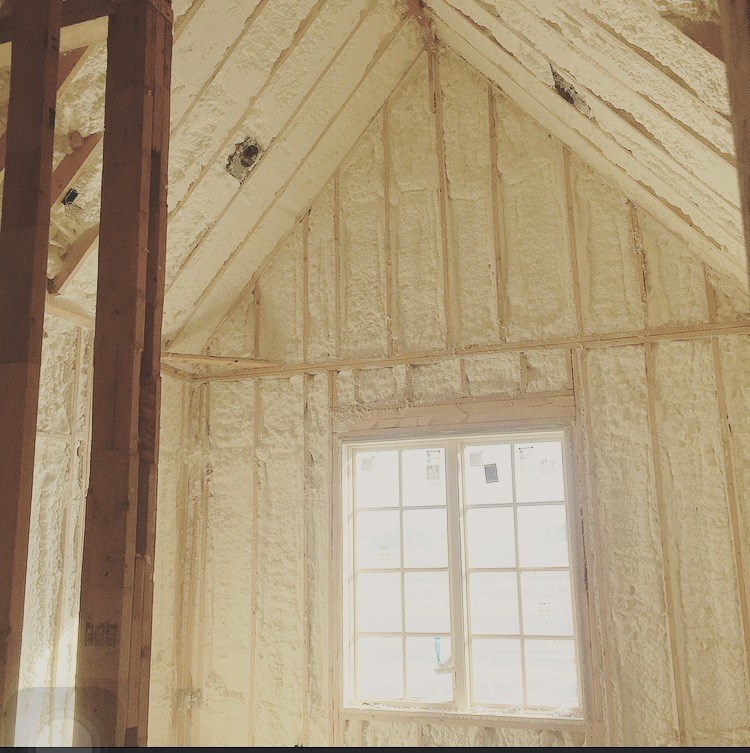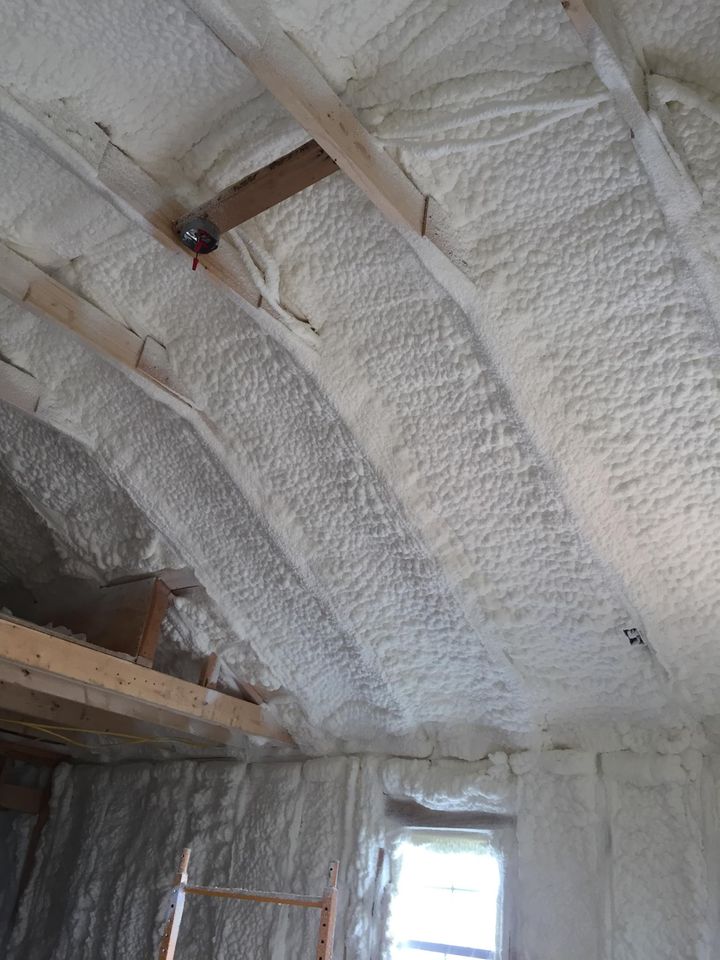OUR SERVICES
Open-Cell Spray Foam Contractor in Lubbock
Open-cell spray foam and closed-cell spray foam have various physical structures that offer different thermal and acoustic performance for homes or commercial buildings. When thinking about these distinctions, understanding how foam insulation is formed is essential. Foam insulations are made from two chemicals that expand quickly after they enter into contact with each other in the spray gun.
In open-cell spray foam, the bubbles rupture, leaving behind just the struts, which is the point at which 2 bubbles were touching each other. In closed-cell insulation, the bubbles do not burst, developing interconnected closed pockets.

At Quick Foam Insulation, we use the most up to date materials and processes to insulate your home or business. Spray foam insulation (either type) is known for its excellent thermal control for property and industrial applications. It can be utilized in wall cavities, attics, and even as a constant exterior insulation product. There are 2 various kinds of spray foam, open-cell, and closed-cell, and each deals with differing advantages concerning cost and efficiency.
Open-cell foam insulation has a lower R-Value and is not as efficient in keeping the heat in during the winter and out during the summer. Where closed-cell insulation can have R-Values between 6.0 and 7.0, open-cell spray foam insulation has R-Values ranging somewhere between 3.4 and 3.9 depending on the product used.
Although open-cell spray foam can be utilized anywhere, it does not produce a vapor barrier like closed cell spray foam does. This means, simply, that any structure utilizing open-cell spray foam, especially in areas that tend to have higher humidity, would need an extra vapor barrier to prevent condensation from forming inside the structure.

So what are the benefits of using open-cell foam? There are three main advantages of using open-cell vs. closed-cell foam in your home or business. First, open-cell foam insulation is less expensive to have installed. You should weigh out the long-term costs and benefits (we can help with this!) of cost savings on the front end, vs lower utilities over the long run. In commercial applications where utilities can be very high, closed-cell might be a better choice, especially during new construction.
Second, open-cell foam has exceptional soundproofing abilities. This means if you were using it in walls between apartments, or other types of multi-family structures, it would help maintain a higher level of privacy and noise reduction. And a single application can completely fill the area in between studs.
Finally, open-cell foam can “move” with the structure. This means if there is any sway or movement in a structure, the insulation will maintain its integrity in sealing out the weather. Closed-cell is more rigid and functions differently in this sense.
Each of the two different types of spray foam is more effective in different types of buildings and circumstances.
Open-cell is best utilized in new homes and additions as it allows the new home to dry out, protecting against mold growth. It allows for the drying of the interior of the building out to the building envelope. It’s also generally a lower-cost alternative in retrofits.
Open-cell with a vapor retarder paint can be used under raised floors to protect hardwood from cupping due to outdoor moisture. It is also effective for basements above the water table.
One of the biggest benefits of open-cell foam is that it expands so much after it has been applied, meaning it can insulate hard to reach nooks and crannies in a home. These areas can sometimes be hard to insulate with closed-cell foam.
Be sure to contact us if you have any questions about what specific product to use in your circumstances.
